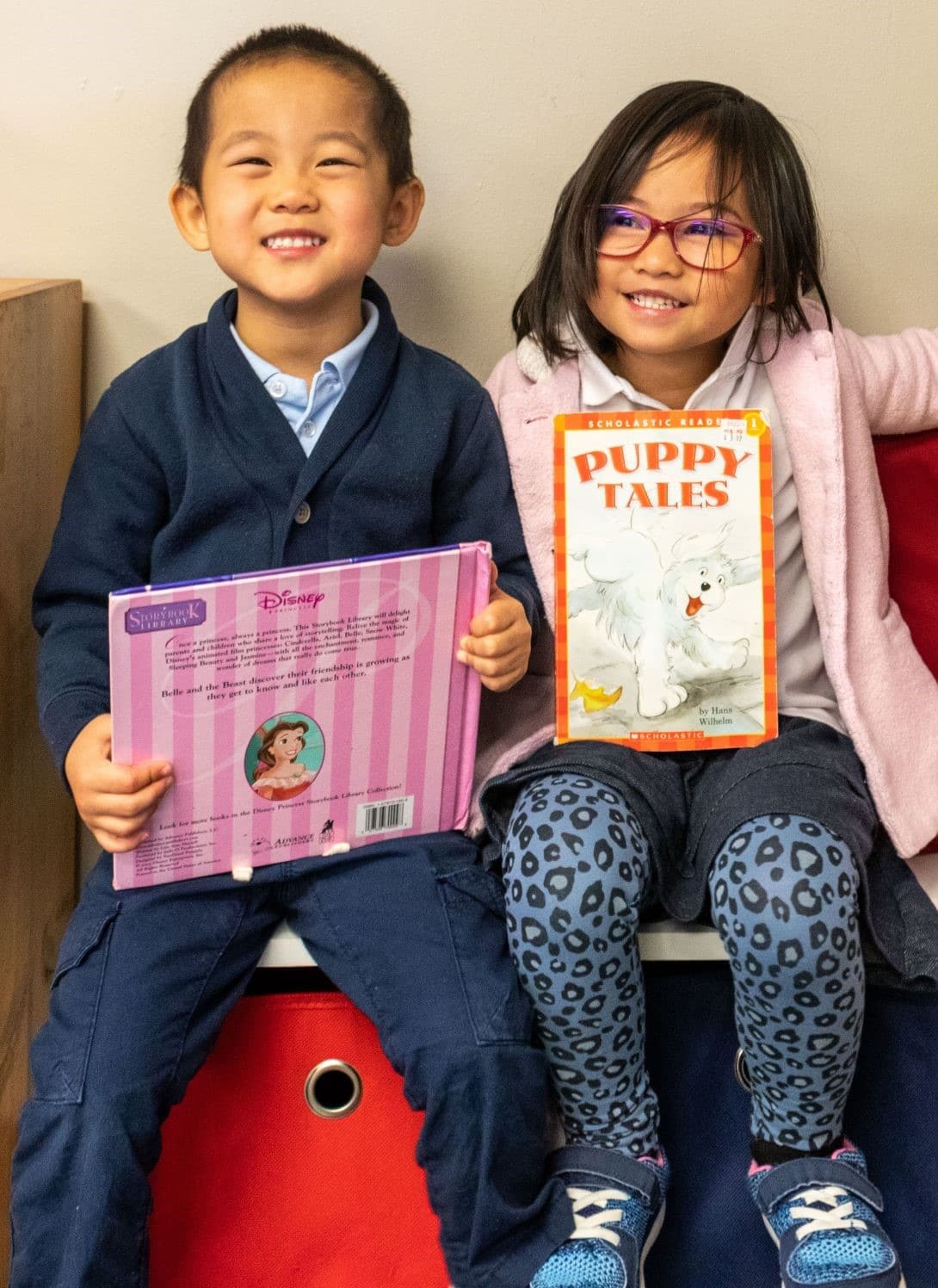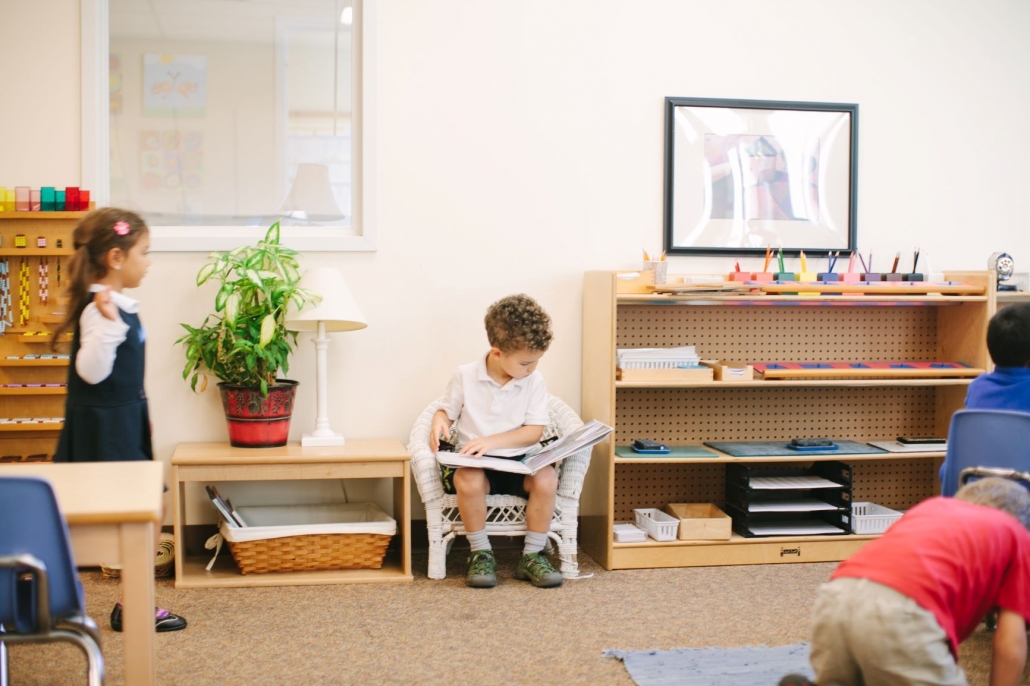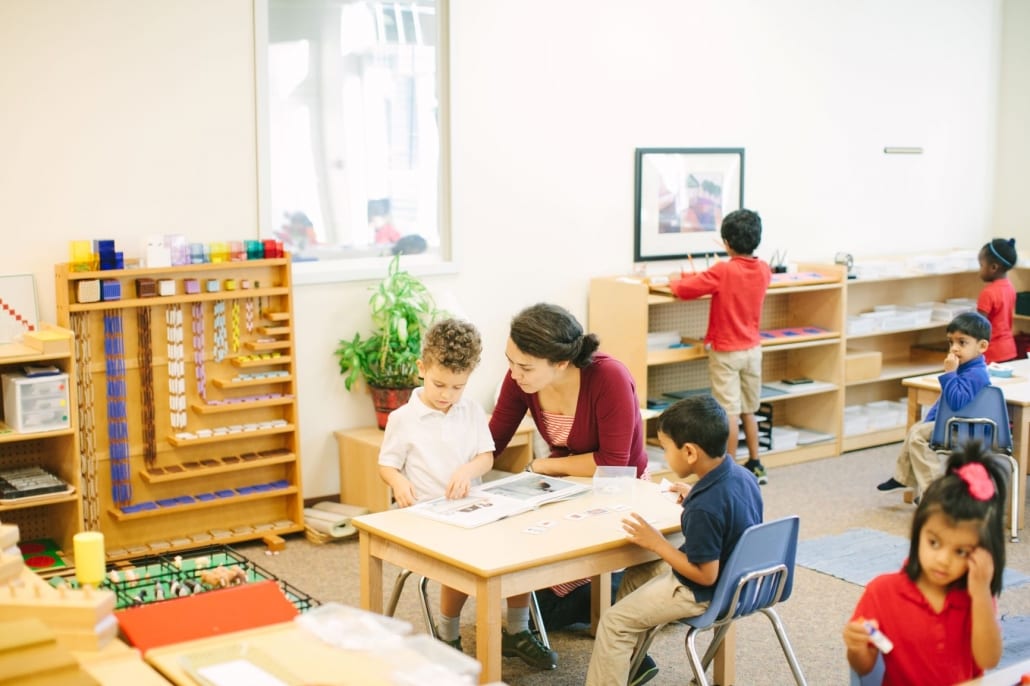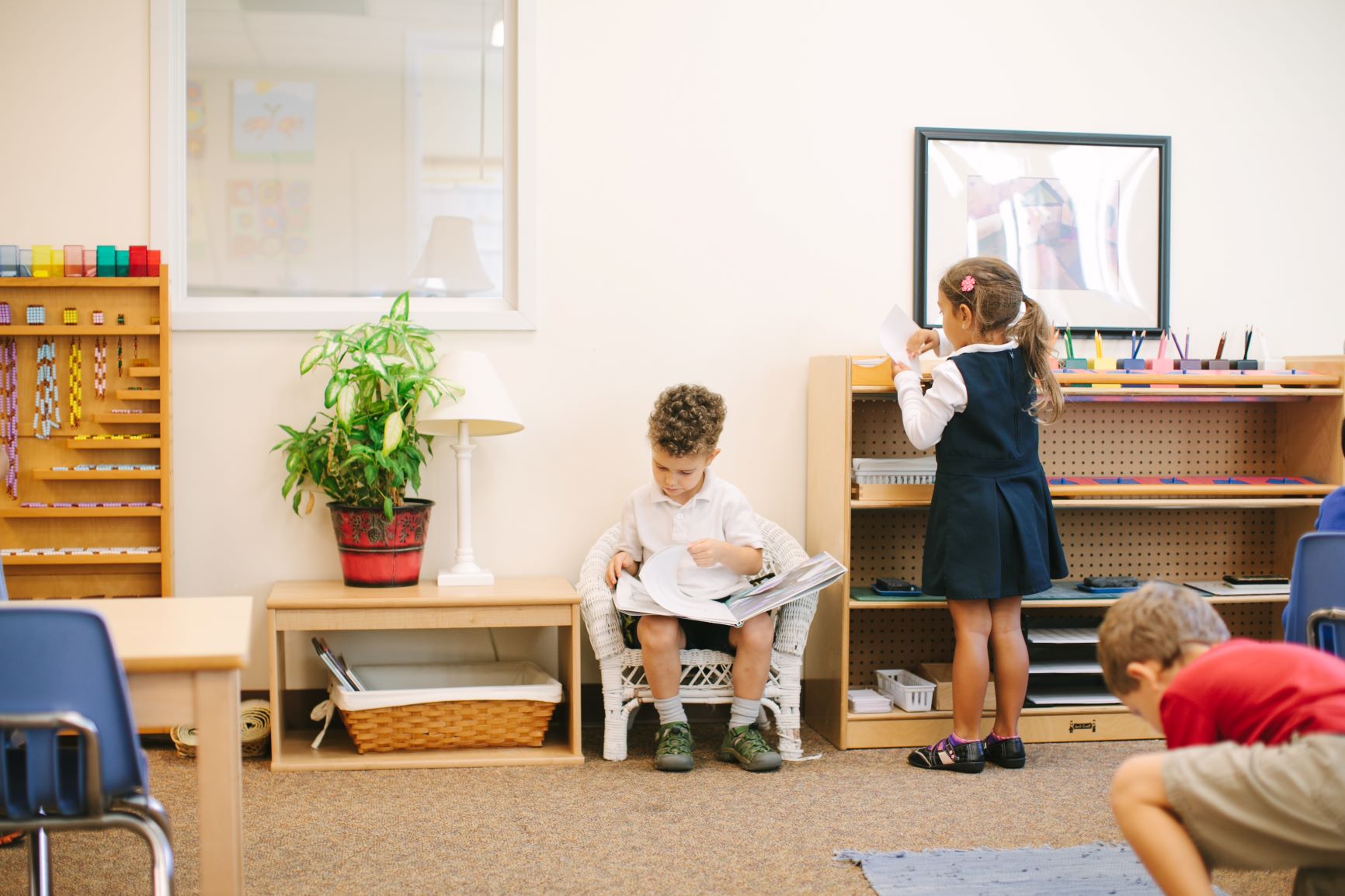Orton-Gillingham Reading
Building Literacy and Confidence with Multisensory Learning
At Endeavor Montessori, we have gone to great lengths to create a program that offers exceptional educational opportunities for our students. Our experts use tools and techniques which have been proven to help children reach their highest potential. One such example is a celebrated multisensory approach to literacy called the Orton-Gillingham Approach, which we implement in our elementary classrooms.
What is the Orton-Gillingham Approach?
The Orton-Gillingham Approach pioneered the “multisensory” approach to teaching reading, which is considered highly effective for students of all levels. It has been proven to significantly improve reading and writing skills by helping children connect language with letters and words. Multiple senses including sight, touch, hearing and movement are used during instruction to enhance comprehension and retention. As a basic example, students might learn the letter ‘A’ by seeing it, saying its name and sounding it out while writing it with their fingers in shaving cream.
The core curricular content and teaching practices that characterize the Orton-Gillingham Approach come from two sources:
- “A body of time-tested knowledge and practice that has been validated for over 80 years.”
- “Scientific evidence about how individuals learn to read and write; why a significant number have difficulty in doing so; and which instructional practices are best suited for teaching such individuals to read and write.” (Academy of Orton-Gillingham Practitioners and Educators)


How Does the Orton-Gillingham Approach Work?
The Orton-Gillingham Approach uses multiple pathways to build literacy and puts a strong emphasis on understanding the “how” and “why” behind reading. Students may explore why the letter ‘C’ sounds one way in the word “cat” but another way in the word “ice.” Once they learn consistent rules and patterns, they’re better able to decode more words on their own. Here are some additional highlights:
- This approach introduced the idea of breaking reading and spelling down into smaller skills with letters and sounds, then building on those skills over time.
- The learning needs of the individual student are always the focus. Lessons and materials are designed to work with students at the level they present by pacing instruction and introducing new materials to each child’s strengths and weaknesses.
- The first step with this approach is assessing a student to determine his reading skills and areas of strength and weakness. Then, students are taught in small groups with other children at similar skill levels.
- Instructors follow a highly structured approach that teaches skills in a particular order. This order is based on an understanding of how children naturally develop language. For example:
The group may first work on making the connection between sounds and the letters that represent those sounds. Next, they will recognize those sounds in words. Students must master each skill before they can move to the next. If a student is confused, the instructor will review that skill from the beginning. The goal is to use the skills they’ve learned to decode words independently.
What is the History of the Orton-Gillingham Approach?
The Orton-Gillingham Approach is named after Samuel Torrey Orton (1879-1948), a neuropsychiatrist and pathologist who was a pioneer in focusing attention on language processing difficulties; and Anna Gillingham (1878-1963), a gifted psychologist and educator with a superb mastery of the language. Encouraged by Dr. Orton, Gillingham compiled and published instructional materials as early as the 1930s, which provided the foundation for student instruction and teacher training in what became known as the Orton-Gillingham Approach.


Orton-Gillingham at Endeavor Montessori Schools
At Endeavor Montessori, we know that children’s feelings about themselves and about learning are critically important to their success and happiness. We are proud to utilize the Orton-Gillingham Approach at the elementary level, which focuses on providing the experience of success as students build literacy, increasing their self-confidence and motivation for years to come!
